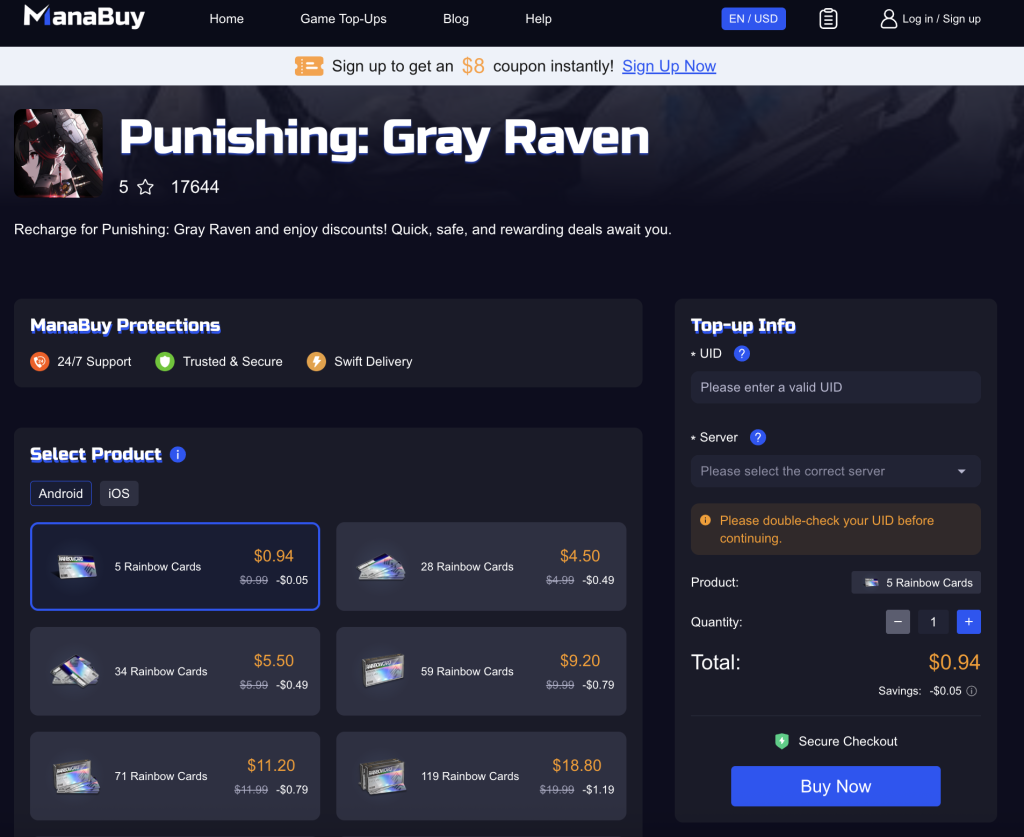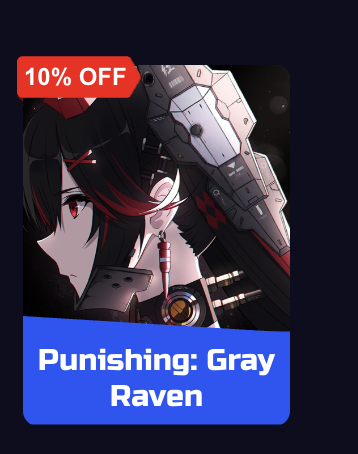I’ve played Punishing Gray Raven since the global launch bannered Lucia: Crimson Abyss. Two years later, I’m still clearing Phantom Pain Cage and War Zone every reset—but I’m not the type who buys every new S-frame the moment it drops. What keeps my roster humming is a routine built around three things: orb discipline, gear breakpoints, and smart (not constant) spending. The last piece became a lot easier once I started recharging through the Manabuy Punishing: Gray Raven top-up instead of the in-app store, but we’ll get to that in a minute.
1. Rotation First, Hype Later
Every Construct lives on a 15-second damage cycle. If your trio can’t line up nine useful orbs per window, a shiny new unit just clutters the board. My fallback squad—Tenebrion, Crimson Abyss, and Eclipse—costs zero fresh pulls yet deletes bosses because Kamui’s DEF-break vacuum feeds Lucia’s red-orb bleed burst, while Liv’s yellow QTE refunds orbs and shields everyone for the next round. When a banner drops, I ask, “Where does this fit in the loop?” If the answer is “nowhere,” I pass—Black Cards stay in the bank.
2. Memory Math Beats Legendary FOMO
Too many players level a six-star memory to +5 and wonder why the damage sheet barely moves. A level-20 Epic with its second stat line beats a half-baked Legendary every day of the week. My upgrade ladder is simple: Rares to +10, Epics to +20, Legendaries only after the frame hits S-rank. The Cogs I save get funneled into weapon overclocks, which add flat ATK and crit that no line of RNG can match. Result? My mixed 4-/5-star board ranks higher than some guildmates flexing orange sets they can’t afford to finish.

3. Frame-Counting Dodges Is Free DPS
I record one Pain Cage run per boss, scrub to the first hit frame, and log the timing. Vera’s spin? 28 frames. Rosetta’s furnace slam? 32. Buffer a dodge two frames early and you’re rewarded with an instant three-orb ping instead of a knock-down that wastes your burst. Ten minutes of VOD review translates into hours of friction-free farming later.
4. Calendar Discipline = Extra Pulls
Kuro Game’s loop is predictable: Resource Maze, double-drop weekend, banner preview, then limited S-frame launch. I color-code a phone calendar—red for material doubles, blue for banner prelude, gold for guild chest resets. Stamina dumps only happen on red days, and Black Cards only leave the stash on blue days. Over a quarter that routine handed me about 3 000 “free” Cards—almost a full multi—without a single paid refill.
5. Spending Only When the Math Adds Up
Eventually pity looms, or a frame that solves a real rotation gap (looking at you, Bianca: Veritas) drops. When that happens, I need Rainbow Cards, but I refuse to gift the app store an extra 30 %. That’s when I open that bookmarked Manabuy page. Current sheet: 71 Cards for $11.20, 119 for $18.80, 299 for $45.50—each tier slightly under client pricing, tax already baked in. Payment clears in about a minute and the Cards pop before the lobby countdown ends; first-purchase doubles and rebate vouchers still fire because the transaction goes straight through Kuro’s API.

I keep the link labeled “PGR quick reload” on my browser bar. Two clicks later, pity counter funded, guilt factor low. Nothing feels better than slotting a new S-frame into a refined orb loop knowing you saved a coffee’s worth of cash—and that your next weapon overclock is still on schedule.
Closing Pulse
Treat Punishing Gray Raven like a rhythm game disguised as a gacha. Nail your orb choreography, respect gear breakpoints, frame-count your dodges, and top up only when the spreadsheet says so—ideally through a fee-free portal like Manabuy. Play that loop for a couple of patches and you’ll see the damage graph rise while your spending curve stays flat. See you in Phantom Pain Cage—may your purple pings always land inside the defense-break window.
